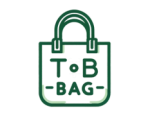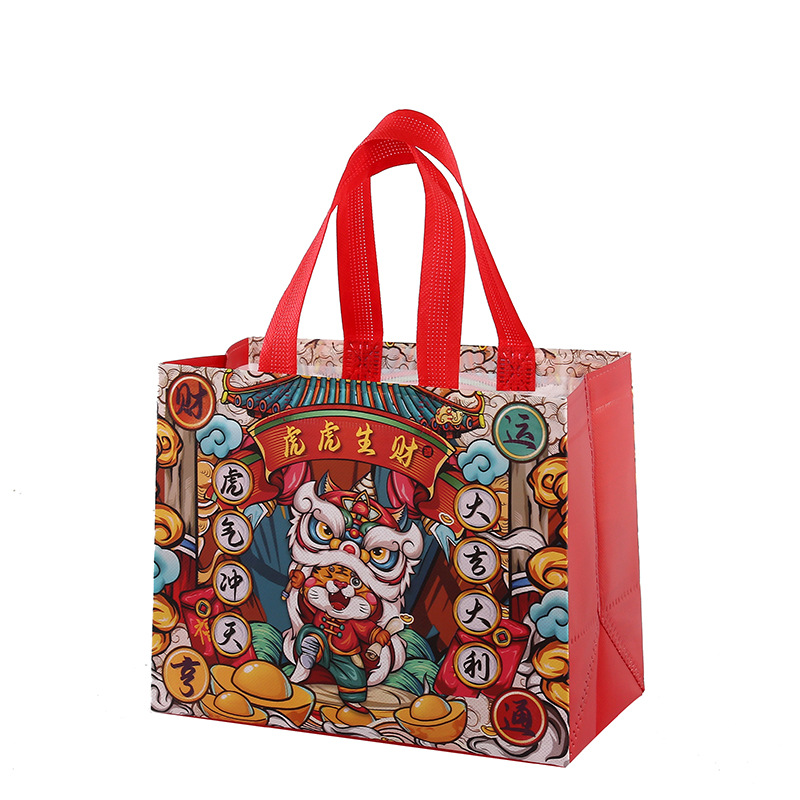- Raw Material Preparation The first step in producing non-woven bags is to prepare the raw materials. This involves sourcing the appropriate fibers, such as polypropylene or polyester, and preparing them for use in the production process.
- Web Formation Once the raw materials are prepared, the next step is to form a web. This is done using one of several methods, including spunbond, meltblown, or needle punch. The web formation process involves bonding the fibers together to create a non-woven fabric.
- Printing and Lamination After the non-woven fabric has been formed, it can be printed with a design or logo using a variety of printing methods, such as screen printing or heat transfer printing. Lamination can also be done to add a layer of protection or aesthetic appeal to the non-woven fabric.
- Cutting and Sewing Once the non-woven fabric has been printed and laminated, it can be cut into the desired shape and size for the bag. The pieces are then sewn together to create the final product.
- Quality Control and Packaging The final step in the production process is quality control and packaging. Each bag is inspected to ensure it meets the necessary quality standards, and then packaged for shipping and distribution.
Overall, the production process for non-woven bags involves several steps, including raw material preparation, web formation, printing and lamination, cutting and sewing, and quality control and packaging.
无纺布袋的用途分类
Non-woven bags can be classified into various categories based on their intended use. Here are some common categories:
- Shopping Bags: Non-woven shopping bags are commonly used as an eco-friendly alternative to plastic bags. They are durable, reusable, and can be easily customized with branding or messaging.
- Promotional Bags: Non-woven bags can be used as promotional items for events, trade shows, and conferences. They can be printed with a logo or message and given away as a marketing tool.
- Tote Bags: Non-woven tote bags are versatile and can be used for a variety of purposes. They can be used as a beach bag, gym bag, or even as a reusable grocery bag.
- Wine Bags: Non-woven wine bags are designed to hold one or multiple bottles of wine. They can be insulated to keep the wine at a specific temperature or designed with a handle for easy carrying.
- Gift Bags: Non-woven gift bags are a popular choice for packaging gifts. They can be customized with a design or message and are available in a range of sizes.
- Food Bags: Non-woven food bags are designed to keep food fresh and warm. They can be used to carry takeout or as a reusable lunch bag.
Overall, non-woven bags have a wide range of uses and can be customized to fit specific needs. They are durable, eco-friendly, and can be a great marketing tool for businesses.

